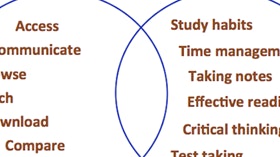Homepage
•
Learning Library
•
Blog
•
How to prepare your learners for online success
Expand breadcrumbs
Expand breadcrumbs
- Learning Library
- Blog
- How to prepare your learners for online success
- Homepage
- •
- Learning Library
- •
- Blog
- •
- How to prepare your learners for online success
How to prepare your learners for online success
By Ryan Watkins
February 2, 2014








